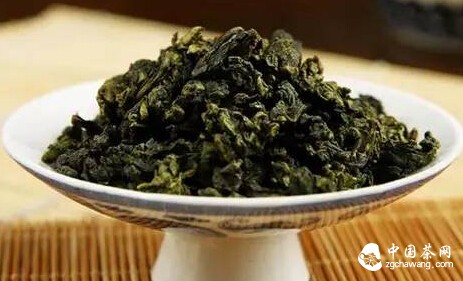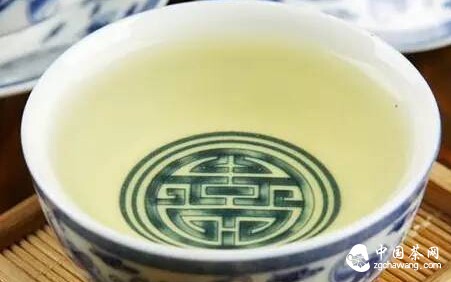
Now let’s explore the characteristics of Zhengwei Tieguanyin. We will examine it from four aspects: appearance, aroma, taste, and production process.
1. Appearance: The dry tea appears dark, with a dull and less vibrant color, giving a visually inferior impression. The brewed leaves generally have a yellowish-green hue.
2. Aroma: Typically, the lid aroma of Zhengwei tea is not easily noticeable. Even for premium grades, the first brew’s lid aroma is usually faint, becoming clearer in the second brew and strongest in the third—a style with strong aftertaste. In terms of fragrance, Zhengwei is often subtle and elegant, and its intensity is hard to compare with Xiaoqing products. The tea soup’s aroma is also relatively light and understated.
Note: In terms of fragrance intensity, Tuosuan ranks first, Xiaoqing second, and Zhengwei third. For fragrance elegance: Zhengwei tops, Xiaoqing follows (high-grade products may tie for first), while Tuosuan is incomparable.

3. Taste: Zhengwei tea soup is mild due to slightly higher fermentation, with low irritation, offering a very comfortable drinking experience. However, the tea soup itself may not seem very fragrant, and the flavor may feel less rich. Yet, after drinking, a strong sweetness emerges, often accompanied by a refreshing sensation, and the aroma becomes noticeable in the breath—simply put, the aftertaste is better than the initial taste. The concept of "Guanyin charm" is more evident in Zhengwei and traditional teas. Premium Zhengwei Tieguanyin transforms into sweetness upon entering the mouth, leaving a fragrant aftertaste almost instantly—though the tea soup’s aroma may not be very prominent. Additionally, Zhengwei tea soup usually turns sweet after the fourth brew, with a distinct sugary note.
In appearance, Zhengwei tea soup is generally more yellow, occasionally greenish. Unfortunately, due to its low fragrance and freshness, many tea enthusiasts dislike this style. However, in Anxi, the highest-priced top-tier teas are almost exclusively Zhengwei Tieguanyin. Some tea makers even believe that high fragrance makes tea vulgar, advocating for elegance and endurance instead. This view is subjective but reflects current industry trends.
4. Production Process: The leaves are picked and fried the next morning—heavy sunning and multiple shaking or long intervals are used to eliminate bitterness, resulting in moderate fermentation and a mild tea soup.